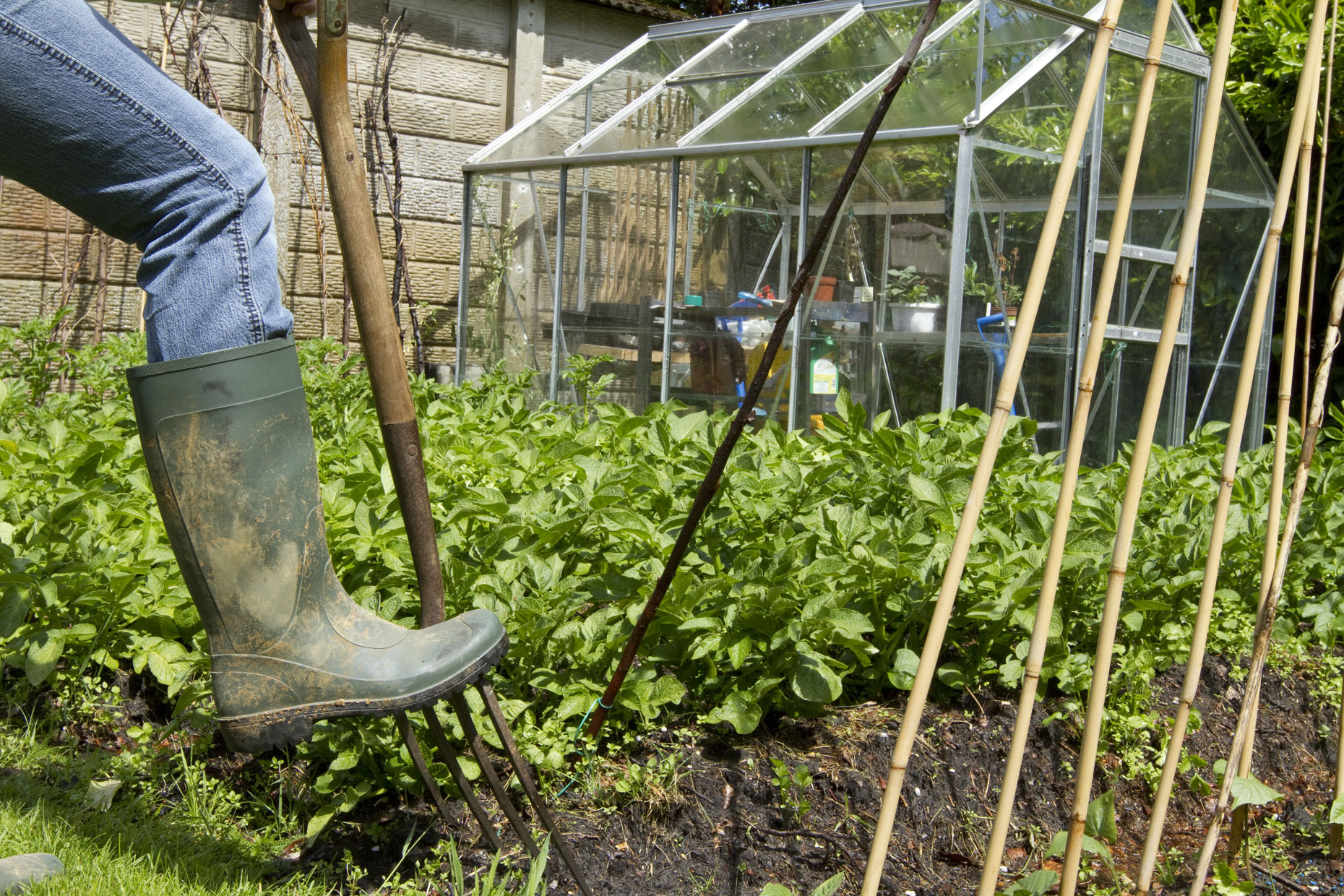It is the first month of summer, and we are being let out – at least a little more than we have been. Over recent months, appreciation of our local allotments, gardens and other green spaces has increased considerably while we have been under lockdown. We are not equally blessed with easy access to such places. However, where they have been available to us and enjoyed, we have been grateful for being able to engage in some combination of finding safety, seeking escape, taking exercise, growing food, creating art, or being among plants and animals. At times, we have been able to just sit and observe, recognising what has changed around us, and being struck by what we so often miss or let pass by.
We may have made far more detailed notes of the wildlife living next to us perhaps, or have taken to reflecting on our wider place within the natural world? At the same time, we might have noticed new sights and sounds? These, like the many rainbow pictures put up in windows, are starting to fade a little now, as the lockdown is steadily released and ‘the old normal’ starts to return. Birds seemed to have been more numerous and diverse in their presence. Bird calls have felt louder, sharper or more melodic. Wildflowers have been cropping up in unexpected places, at the edges of concrete and tarmac. Cats have been roaming boldly and more freely, across quieter and safer roads. While at night, the moon has shone far more brightly, through a darker, deeper and cleaner sky.
The current crisis that we have been living through has displayed many similarities with times one hundred years or so ago, when the country was contending with the closing months of the First World War and the onslaught of the 1918-19 Spanish Flu pandemic. Worries about food shortages then, together with restrictions on familiar social activities and disruptions to patterns of work, gave fresh incentives to make more allotments available, and to take up a plot to till.
The city of Lincoln is relatively well-provided for in terms of allotment plots, many dating back to what was something of a ‘golden age’ lasting from the 1914-18 war years through to the aftermath of the Second World War. The benefits of having an allotment had been long recognised, but these two periods of wartime and national emergency added to the appreciation of what they could offer: physical exercise, the growing of food, mental well-being, and perhaps the selling of surplus produce.
Some years ago, a group of local historians began a series of neighbourhood-by-neighbourhood booklets on the history of the city, ‘The Survey of Lincoln’ project. One booklet, by Geoff Tann, tells the story of Lincoln’s allotments. Around the city are to be found allotment sites dating back to the years before 1914, and even more so to the times during and between the two world wars. They are to be spotted from many of the major through roads of the city, for example: Yarborough Crescent, the Lower Long Leys, Boultham Park Road, and Canwick Hill.
Allotments faced various uncertainties from the end of the Second World War onwards. Urban redevelopment pressures intensified. Greater car ownership, holidaying overseas, and other leisure distractions contributed to a falling away of what had been high levels of interest and demand. In addition, there took place a breaking of the local customs and practices that had traditionally passed knowledge and plots down through members of a family or friendship networks. Gardening in general has remained popular, however, aided by television and the media, and in more recent times concerns surrounding the environment and food production have mounted once again. The evidence of waiting lists for a local plot signals a healthier level of enthusiasm and commitment today. Many allotments have indeed been built over or reduced in size over the last half century or so, but enough have survived to help some of us certainly through Coronavirus lockdown.
For myself, I am finishing this piece in a shed overlooking an allotment plot. In fact, my writings for The Lincolnite during the pandemic have generally begun while turning the earth in gentle Spring and early Summer sunshine. Most days when digging, I am joined by a blackbird and a robin. Never before, until the present times, have they hopped so close up to the heel of my boots, to share in a fresh earthworm or two. Unless, that is, I had never noticed.
Previous columns from Dr Andrew Jackson:
- Hospitalisation, isolation and superstition across decades of pandemics
- Lockdown blues? Some pandemic poetry
- Pandemic stories and family memories, old and new
- Coping with pandemics, past and present
- How long do influenza pandemics normally last?
- Government influenza advice repeated 102 years on
- Rationing returns to Lincoln stores 106 years on
Dr Andrew Jackson is the Head of the School of Humanities. Andrew is a historian with current research interests that include twentieth-century urban and rural change, and local and regional history. He also engages in consultancy and project work relating to community history and heritage, digitisation and e-learning. Andrew joined the staff of Bishop Grosseteste University in 2007, following ten years at the University of Exeter.







